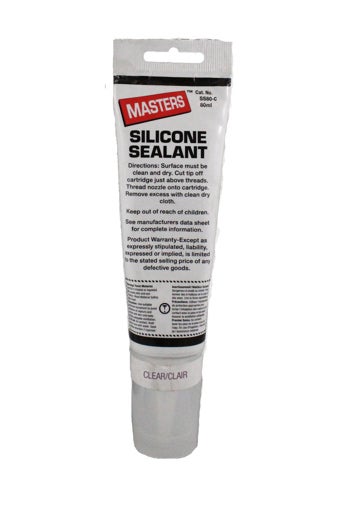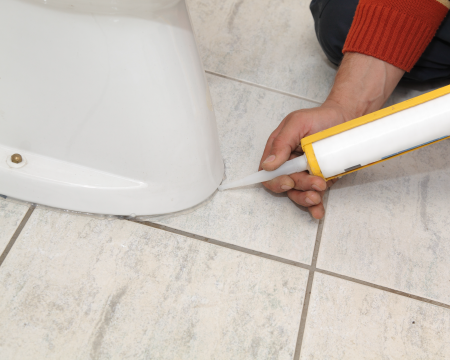In the plumbing industry, there is a longstanding debate about whether or not to caulk around a toilet base. Some plumbers say it’s not necessary, while others believe it can be beneficial and even required by codes.
If you're ever caught in this controversy, don't worry. This blog will provide all the necessary information to make an informed decision about caulking your toilet base.
Reasons to Caulk Around a Toilet
- Meeting Building Codes: One primary reason to caulk around your toilet is that it's code. According to the International Plumbing Code (2012 edition) and the Uniform Plumbing Code (2009 edition), sealing the joint where fixtures meet the floor is required. Failing to caulk your toilet could result in noncompliance with these codes, which may lead to issues during home inspections or resale.
- Moisture Prevention: Without caulk around the toilet base, external water can seep under the toilet, leading to floor and subfloor damage over time. This is especially important in bathrooms with wooden floors, as prolonged exposure to moisture can lead to rot and structural issues.
- Ensuring Sanitary Conditions: Caulking around the toilet helps maintain a sanitary environment. Water, urine, and other liquids can get trapped under the toilet, creating a breeding ground for bacteria and unpleasant odors and compromising the overall hygiene of your bathroom. By caulking the base of the toilet, you can prevent this issue and ensure your bathroom remains clean and hygienic.
- Improved Aesthetics: Caulking around the toilet base provides a finished look, hiding any gaps between the toilet and the floor. This can enhance the overall appearance of your bathroom, making it look cleaner and more polished.
- Enhanced Stability: Caulking can help stabilize the toilet, especially if the floor is uneven. By filling gaps and creating a solid seal, caulk can prevent the toilet from shifting, reducing the risk of leaks and damage.
- Easy Maintenance: A caulked toilet base is easier to clean and maintain. With a sealed base, dirt, grime, or bacteria won’t accumulate in hidden crevices, making your cleaning routine more straightforward.
What Caulk to Use Around Toilet
Since bathrooms are prone to moisture, choosing a caulk that resists mildew is crucial. MASTERS® Silicone Sealant creates a water tight, mildew and crack resistant seal, making it ideal for bathroom use.
Colour Options: Caulk comes in various colours, including clear, white, and even hues that match your toilet or floor. Clear caulk is a popular choice because it becomes nearly invisible once it cures, providing a clean look.

How to Caulk Around a Toilet Correctly
Step 1: Gather Materials
Before you start, you’ll need the caulk tube itself, a caulk gun (optional), silicone or siliconized acrylic-latex caulk, a utility knife, a damp cloth, and painter’s tape.
Step 2: Prep the Area
Clean the toilet base and the floor thoroughly to ensure the caulk adheres properly. Use the utility knife to remove any old caulk or debris. Apply painter’s tape around the base of the toilet to create clean lines and prevent excess caulk from spreading.
Step 3: Apply the Caulk
Cut the tip of the caulk tube at a 45-degree angle and load it into the caulk gun. Apply a steady bead of caulk around the base of the toilet, making sure to fill any gaps. Hold the caulk gun at a consistent angle and move it smoothly around the base for best results.
Step 4: Smooth the Caulk
Use a damp cloth or your finger to smooth the caulk bead, ensuring it fills the gaps evenly. This process is known as tooling and helps create a watertight seal. Remove the painter’s tape immediately after tooling to avoid pulling up the caulk.
Step 5: Allow the Caulk to Cure
Follow the manufacturer's instructions for curing time, usually around 24 hours. To ensure the caulk sets properly, avoid using the toilet during this time.

The Case for Leaving a Gap
Some plumbers recommend leaving a small gap at the back of the toilet to allow for potential leaks to escape. However, this approach is not foolproof, as water will most likely follow the path of least resistance. This is often down the toilet flange pipe rather than towards the back of the toilet. As a result, caulking the entire base is recommended as it provides a complete and reliable seal.